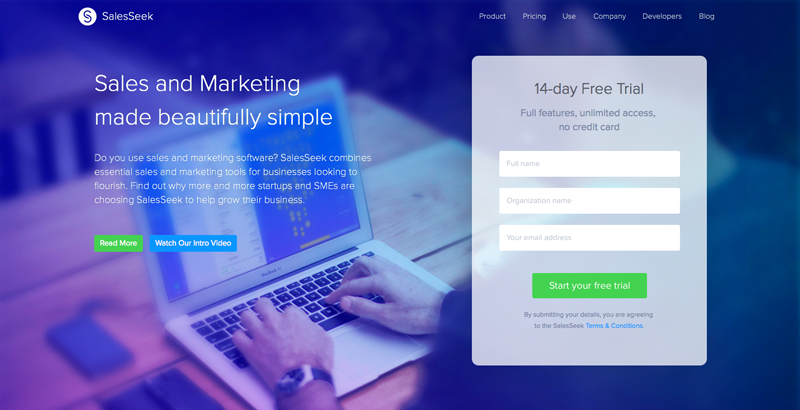We live in a subscribed world these days, whether it’s the blog or newsletter you read regularly, a twitter feed you follow or a SaaS provider you use, it seems that everything is now drip fed in perfect bite-sized chunks with minimal upfront cost. So is this really optimal, and who really benefits?
Consider those who you’re subscribing to, be it the author of the blog, owner of the twitter account, or company behind the SaaS product, they are always pleased when they gain a new subscriber, and equally (if not disproportionately more) disappointed when somebody unsubscribes, unfollows or cancels on their service. The most obvious reason for this is that they all have something to gain from your subscription, whether it be advertising revenue, inbound traffic or a monthly subscription fee, it is something they will lose should you decide to opt-out of their offering.
Follow Me!
...Register Here!
…Free Trial!
The percentage of people who unsubscribe in a given time period, is known in the Software-as-a-Service (SaaS) world, as churn. Churn refers to the negative growth of your customer base and it will unfortunately always exist as some percentage. Joel York has discussed the affect of churn and other variables in SaaS business models in a brilliant series of blog posts over at Chaotic-Flow. Even if only 1% of your customers opt-out of your service each year, this is still unfortunately a number that, in absolute terms, that will scale with your business.
So the incremental loss in revenue or traffic is only the tip of the iceberg. The value of a SaaS company, and its maximum possible revenue, is a direct function of its percentage rate of churn. This is a similar reason why you may have noticed that you plateaued at a certain number of twitter followers, or you struggle to grow your blog readership beyond a certain point. This is because you are adding subscriptions based on a certain amount per day/week and a % of that will always drop off, meaning that eventually these two will reach equilibrium. The only remedy for this is long-term, viral growth, which will offset the churn in percentage terms.
This is achieved by producing something useful that people want to share, and it is the same reason why content marketing has become so popular in an increasingly social world. By producing something that is useful and relevant it straight away becomes something that communities will share through social media and other mediums. Recommendations, referrals and testimonials have long been used by salespeople to offer social proof in convincing additional consumers to buy. However nowhere more than in todays subscription society is it possible for recommendations to be such a consumer-driven source of viral growth. Your consumers too, have an axe to grind – they are looking for useful, shareable, content which will gain them likes, retweets and followers.
On top of viral growth there is also a perhaps even larger reason why subscription driven entities have a vested interest in the long term prosperity of their loyal consumers. Rather than sellers of a one-off durable good, the value of a subscribed consumer is defined as the length of their subscription multiplied by the value of each instalment. This may seem simple on the surface but when considering it in more detail from the point of view of a SaaS provider, you must consider that the value of each instalment is directly related to the number of users.
It would be safe to assume the the number of users is somewhat proportionate to the size of the company. Thus, as the size of the organisation consuming your product grows so does their need for users. This greatly encourages all SaaS business to create a product that adds value, and encourages them to sign up customers which will really benefit continuously from their product.
If you are also able to offer a long-term superior product and make your customers feel loved and valued, then this is going to translate into upside on the other side of the equation by maximising customer lifecycle. Therefore, it is in the best interest of a SaaS provider to do all they can to ensure long-term sustainable growth of all of their customers. By selling their product a SaaS provider really is tying themselves the the fortunes of their customers. A diversified investment sure, but an investment all the same.
So it is easy to see why the subscription society is hugely beneficial to both consumers and producers. Consumers get better long-term value because producers are more focused on the long-term benefits of retaining them, and producers have consumers who are more willing to share, recommend, and promote a service they believe in.
Take advantage of a 14-day free trial of SalesSeek. Start your free trial with SalesSeek today.
Image: Creative Commons 3.0

